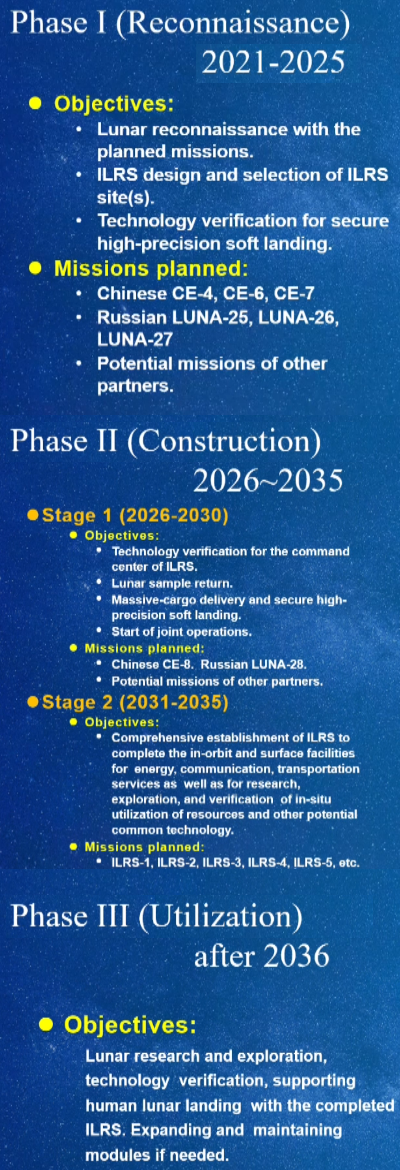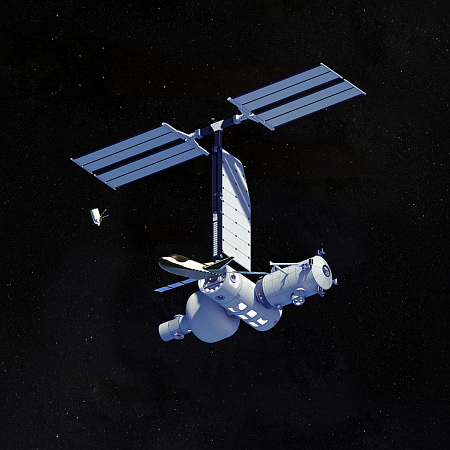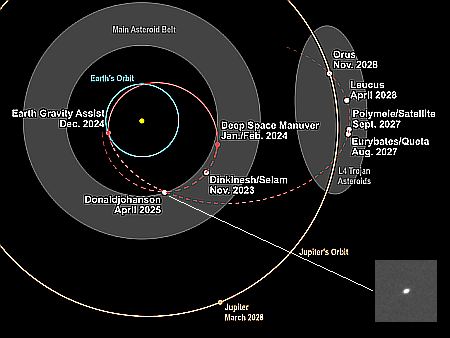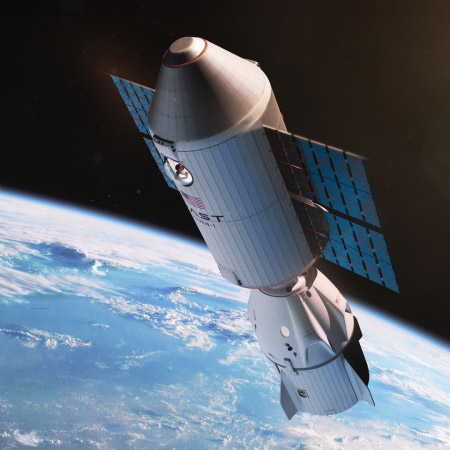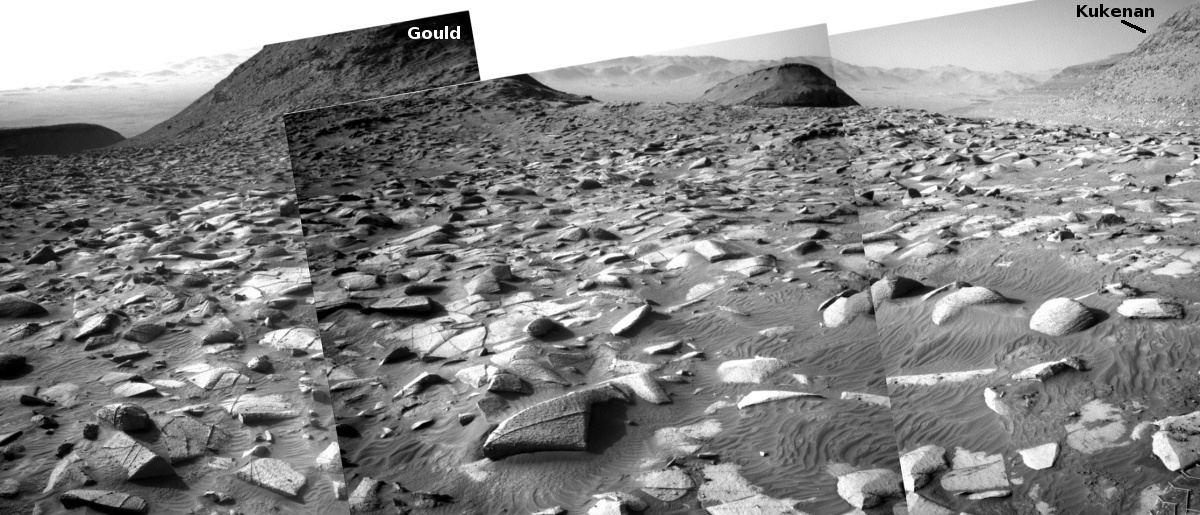China launches six technology test satellites
China today successfully placed a set of six technology test satellites into orbit, its Long March 6 rocket lifting off from its Taiyuan spaceport in northeast China.
No word on where the rocket’s lower stages and four strap-on boosters crashed inside China. Furthermore, the upper stage of the Long March 6 rocket, which reaches orbit, has a history of breaking up and creating clouds of space junk. We have no assurance from China whether they have fixed this issue.
The leaders in the 2025 launch race:
43 SpaceX
20 China
5 Rocket Lab
5 Russia
SpaceX still leads the rest of the world in successful launches, 43 to 35. (Note: this last number is corrected from the previous update, which was one number short.)
China today successfully placed a set of six technology test satellites into orbit, its Long March 6 rocket lifting off from its Taiyuan spaceport in northeast China.
No word on where the rocket’s lower stages and four strap-on boosters crashed inside China. Furthermore, the upper stage of the Long March 6 rocket, which reaches orbit, has a history of breaking up and creating clouds of space junk. We have no assurance from China whether they have fixed this issue.
The leaders in the 2025 launch race:
43 SpaceX
20 China
5 Rocket Lab
5 Russia
SpaceX still leads the rest of the world in successful launches, 43 to 35. (Note: this last number is corrected from the previous update, which was one number short.)






